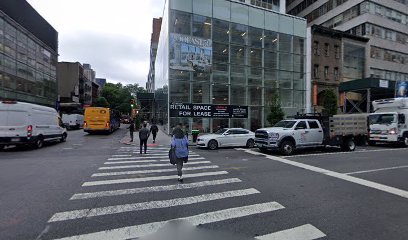It’s encouraging to see the expansion and improvement of public transit figuring prominently in plans for Ottawa’s future. As growth threatens downtown gridlock and we battle to clamp down on carbon emissions, we’re going to need every edge we can get.
While there are still some jitters over the likely cost of the LRT line, most of the requisite money and political will have been assembled, and discussion of another light rail or rapid bus loop linking Ottawa and Gatineau promises some relief from our chronic and worsening cross-border commuter crunch.
And then there’s that other major civic project, the redevelopment of Lansdowne Park, where a complex private-public partnership continues to reliably provide surprises.
Just last week, a clause was suddenly discovered in the agreement that would have effectively handed the proponents, Ottawa Sports and Entertainment Group, a 30-year monopoly on all new stadiums and arenas in the city.
This shocking sweetener, once spotted by Coun. Christine Leadman, was hastily dumped on Friday, but it raised serious questions as to how closely councillors, who may vote on the deal as early as today, have even read the damn thing.
What hasn’t changed throughout the process is the problematic outlook for traffic and transit in the area around Lansdowne. The park is nowhere near the Transitway, and well out of reach of all the planned improvements to the system further north.
Buses squeeze up an already congested Bank Street, which grinds slowly during rush hours and 67s games as it is. Add 340,000 square feet of retail and commercial space, condos and a venue, which may host events for crowds of up to 40,000, and it’s evident that sending a few more No. 1 and No. 7 buses up and down Bank is just not going to cut it.
Last week, during public delegations on the Lansdowne Project, Shawn Menard, vice-chair of the city’s pedestrian and transit advisory committee, warned council that the city’s traffic projections for the area, and proposed mitigation strategies, including offsite parking, shuttle buses and designated transit lanes, may contain dangerous amounts of wishful thinking.
“The question that should be addressed by councillors is not will this cram in using optimistic numbers, but rather is this the best or even a good solution for our city transportation-wise,” Menard told council last week. “Looking at the numbers, the answer is clearly no.”
Well, this is my stop, the final instalment of In Transit. Thanks for the splendid ride. I’ll continue covering the transit beat in my regular Urban Compass column every Monday starting next week.
– Steve Collins lives, writes and walks in Ottawa; ottawaletters@metronews.ca
















